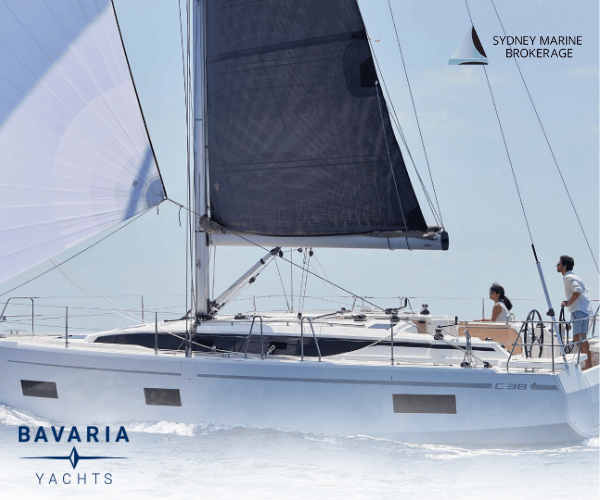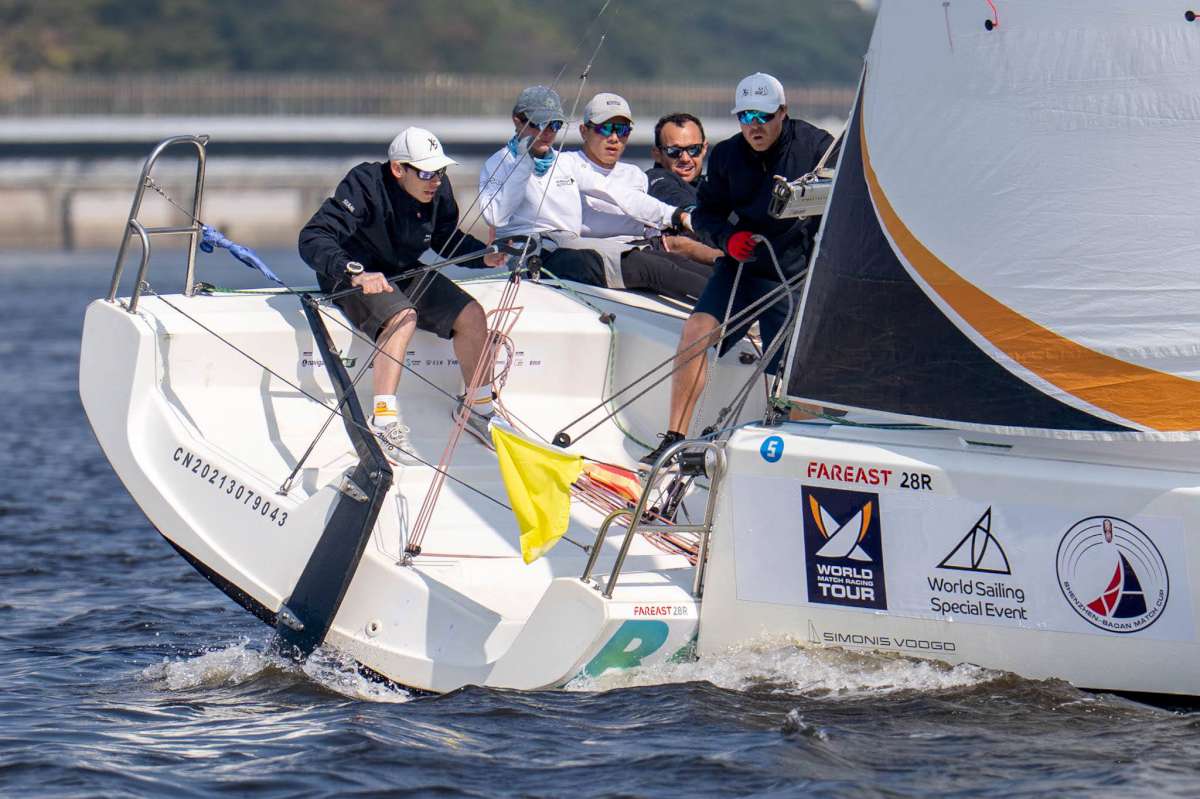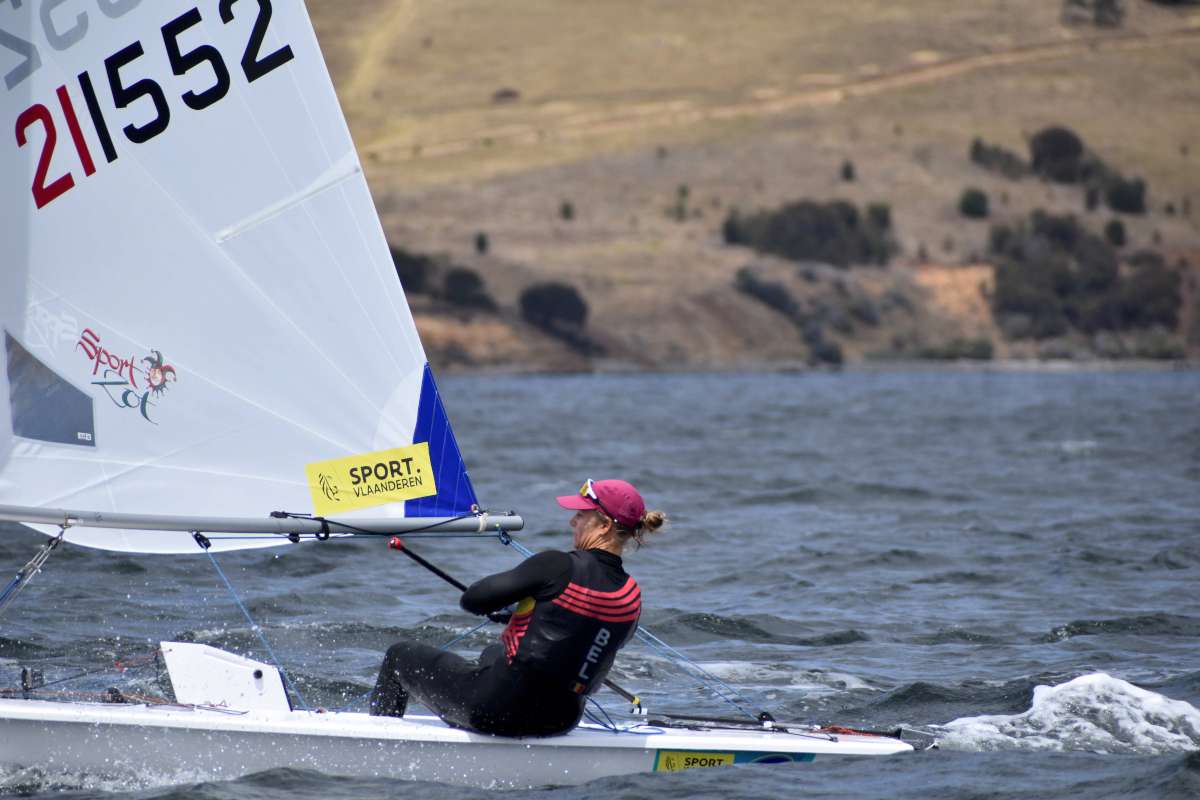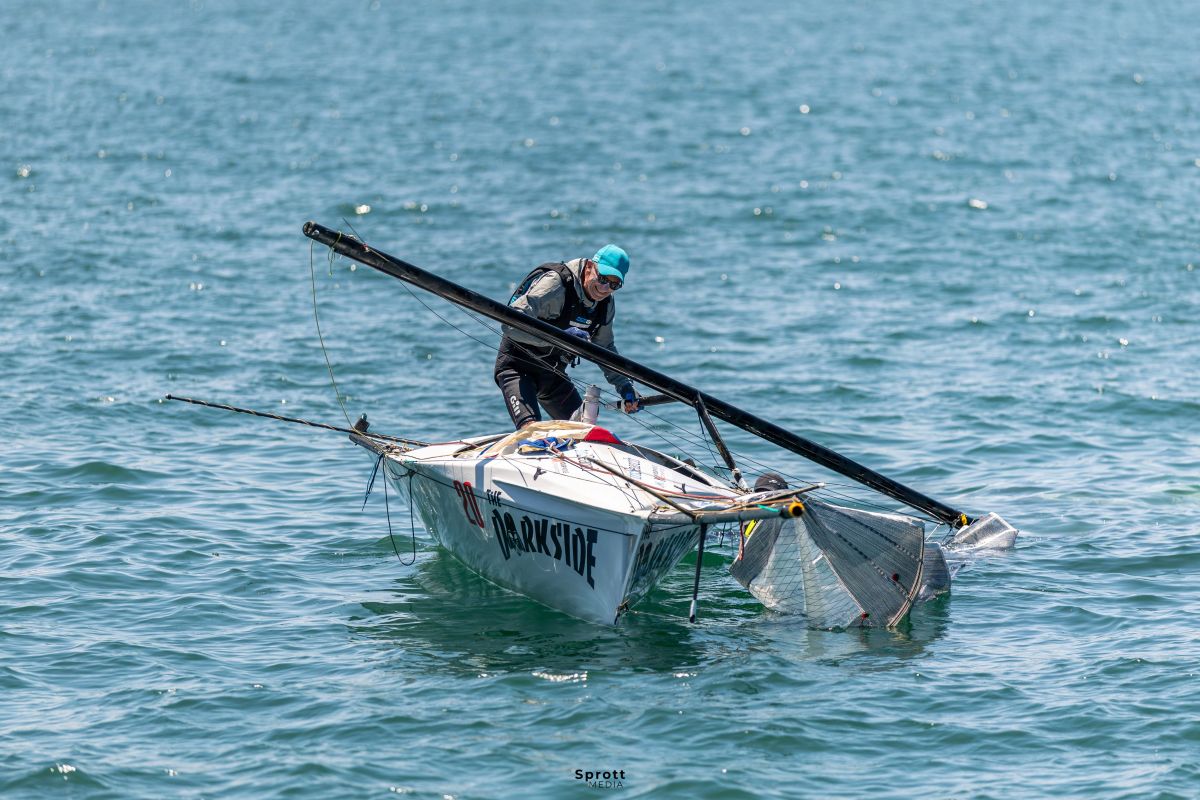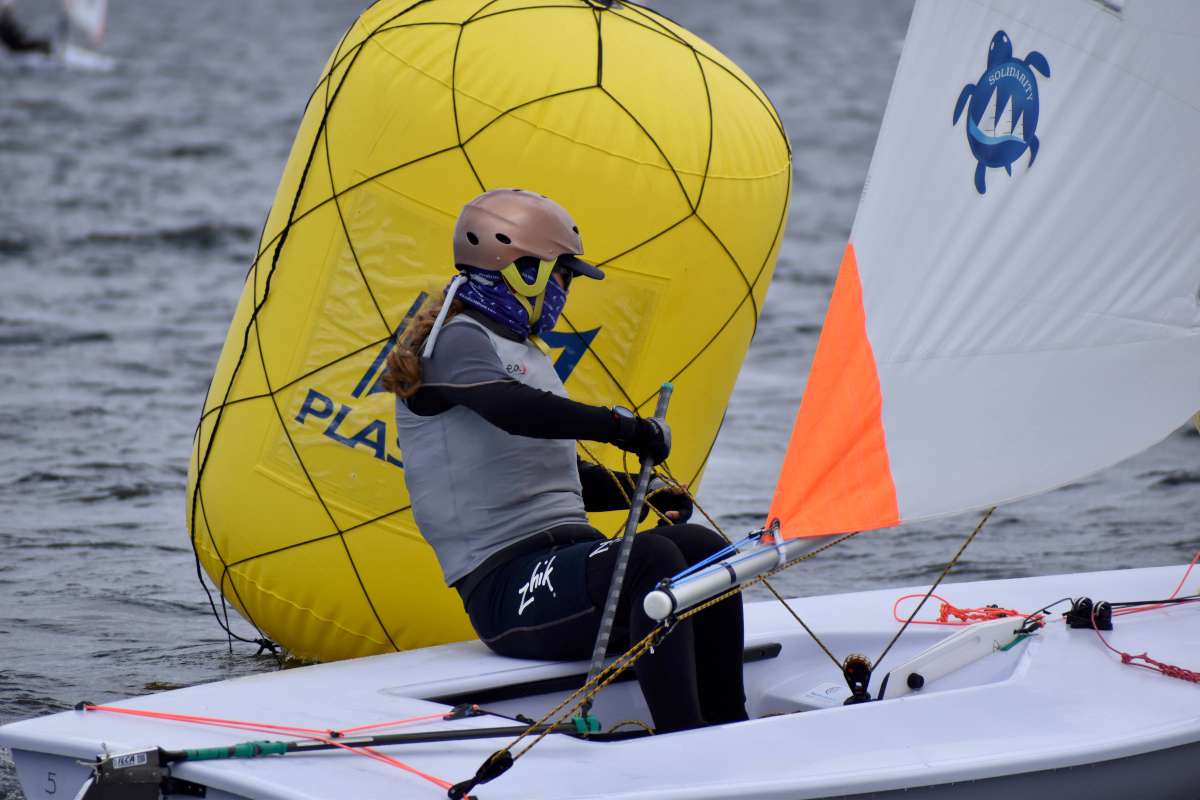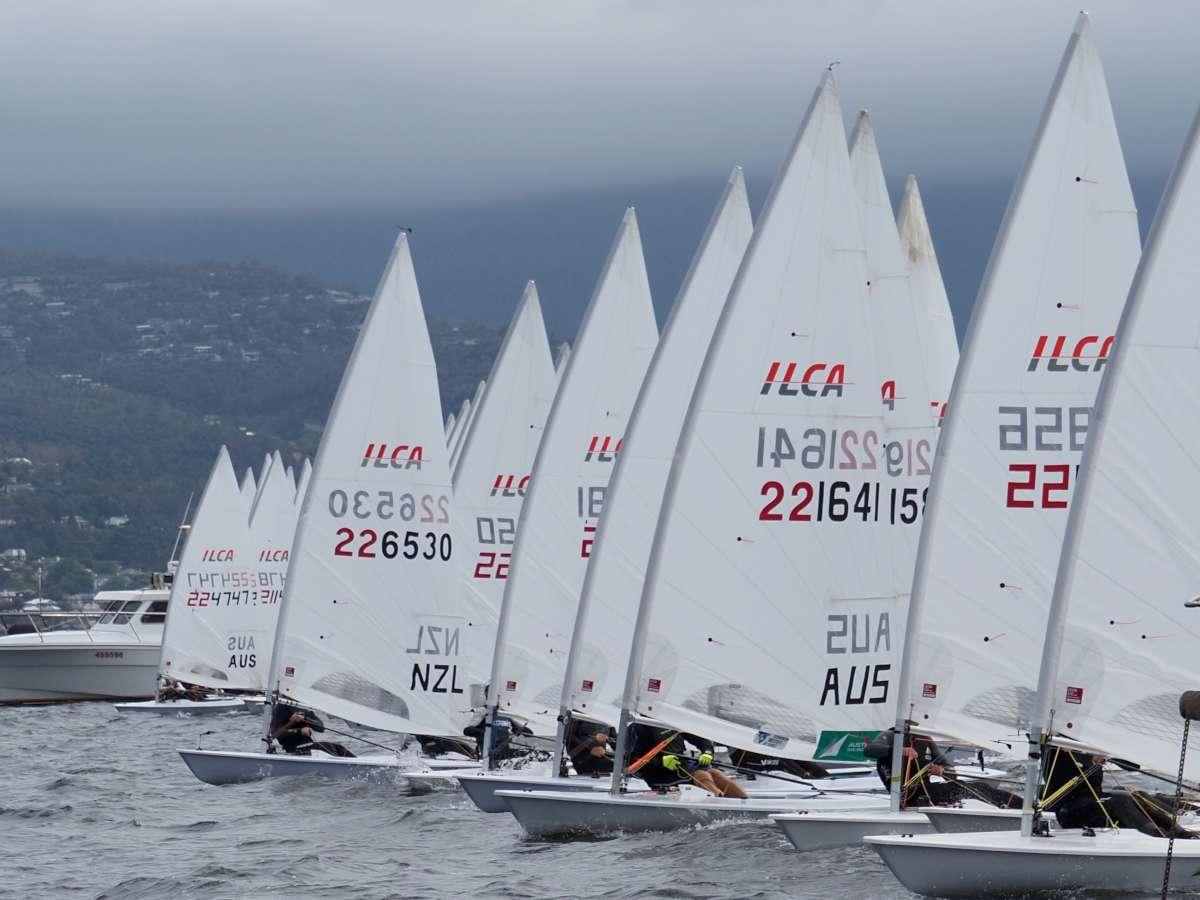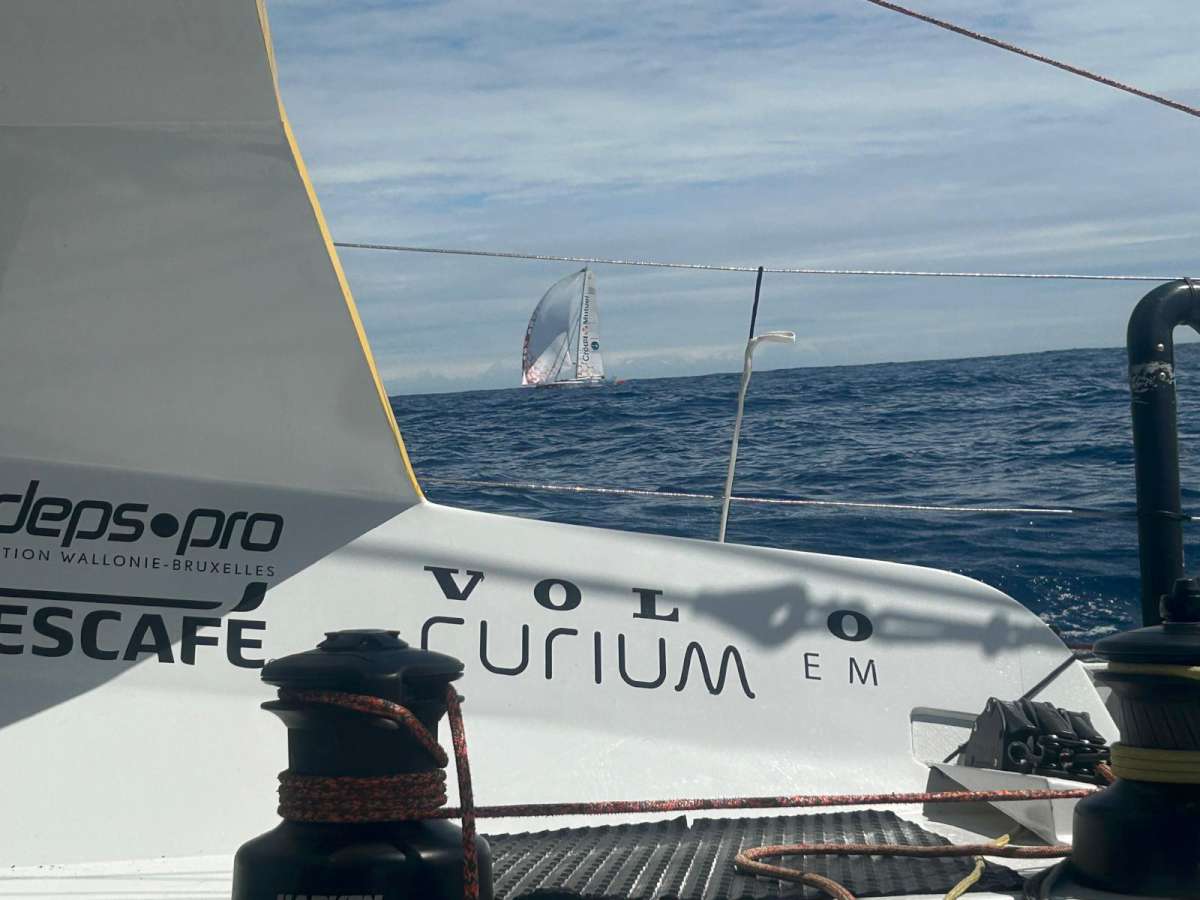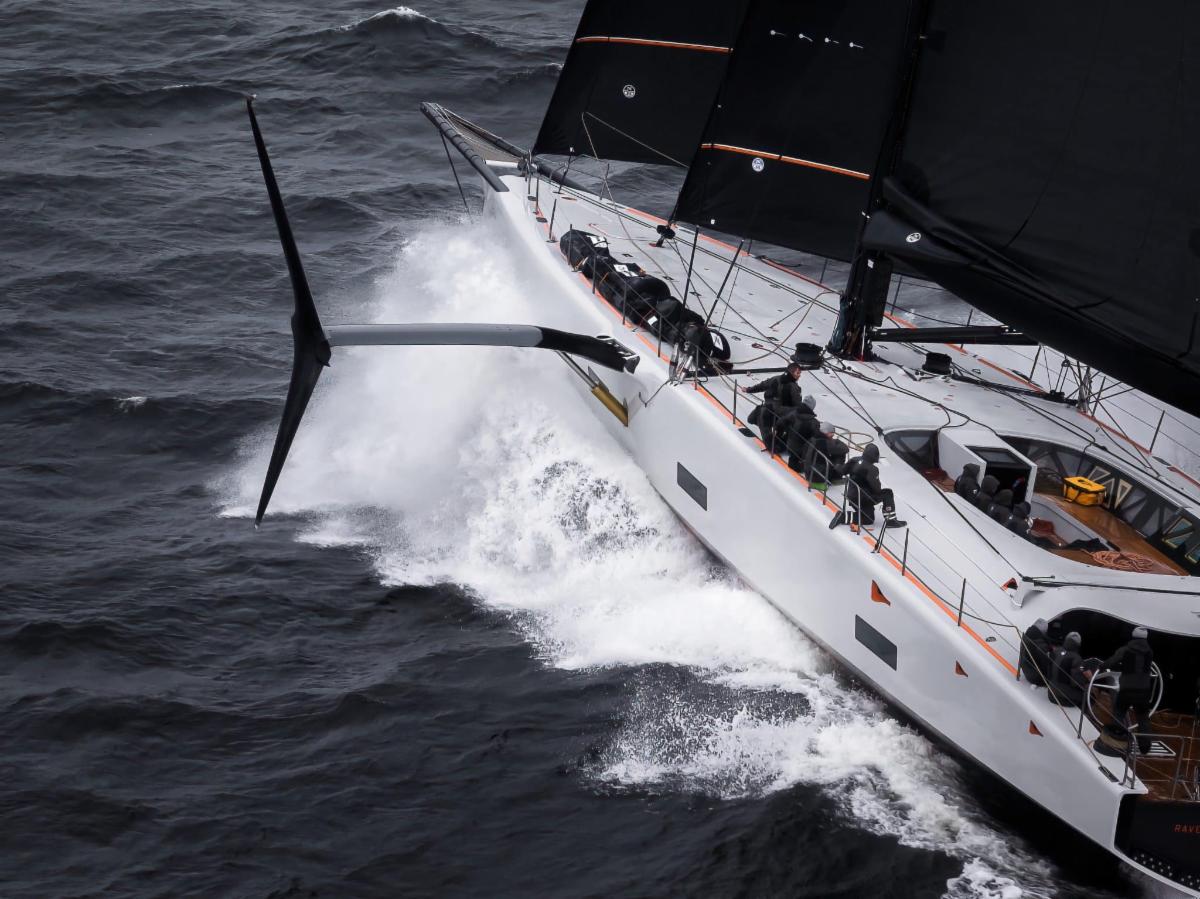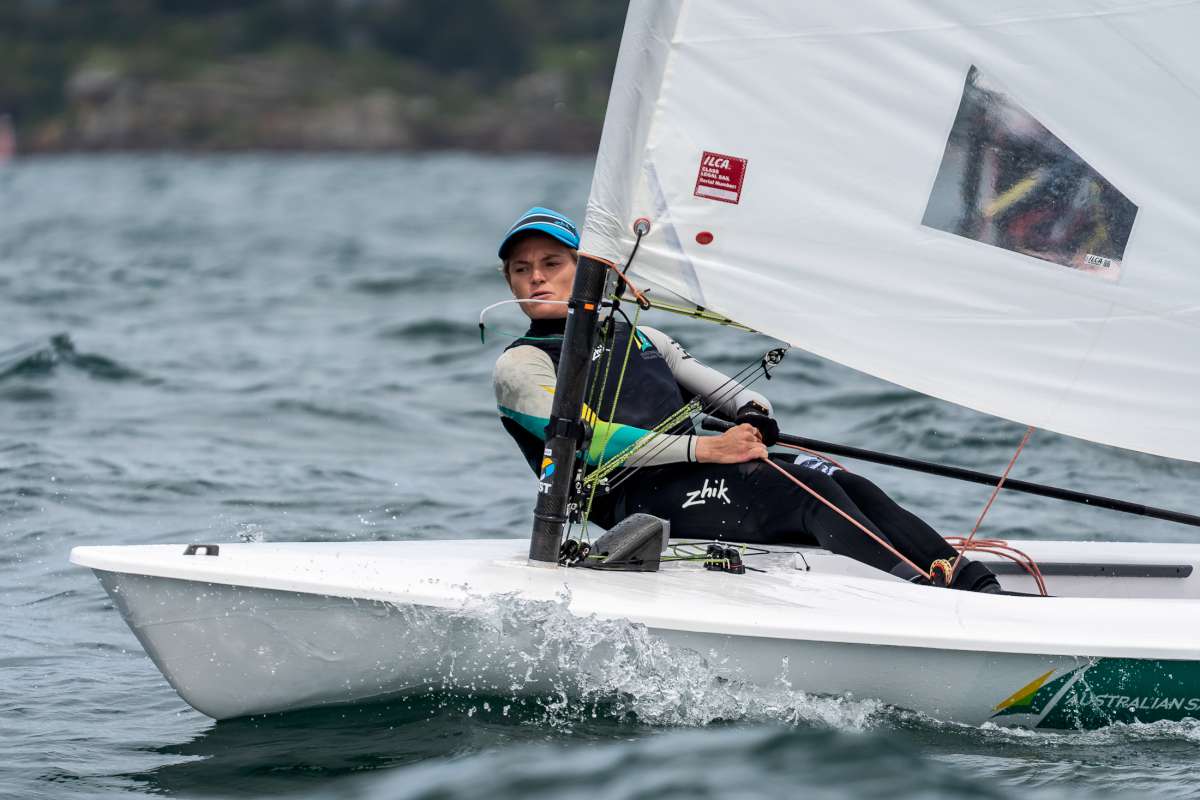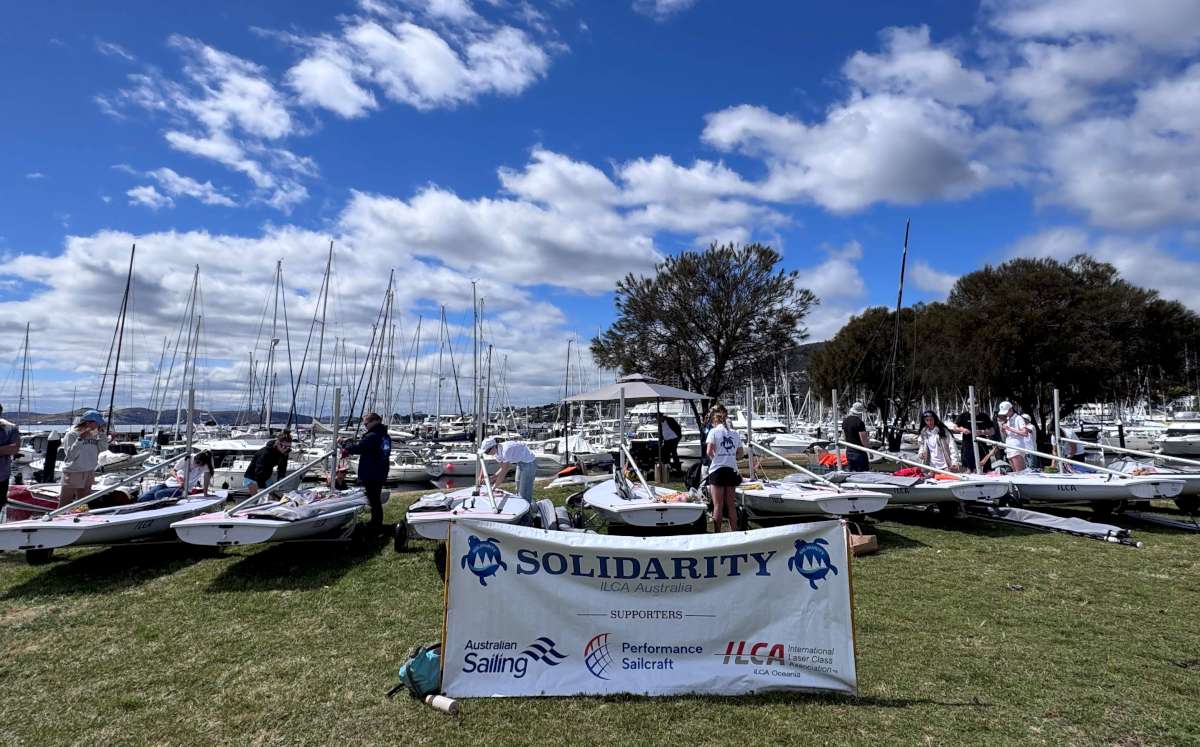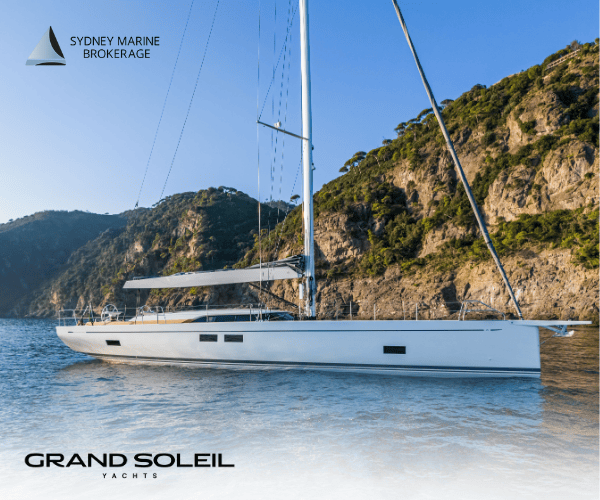With the world turning to electric engines at a rapid rate in our vehicles, what about yachts?
So many people have discounted electric engines due to the perceived issues of lack of range, expensive batteries, no power, etc.
At Ocean Crusaders, we decided to convert our TP52 J-Bird III into an electric drive with a mission to prove that you can go yachting effectively without diesel engines on board. After all, as the founders of the charity Ocean Crusaders, our mission is to look after our oceans and dumping diesel exhaust fumes in the ocean doesn’t really make a lot of sense for yachts that can sail.
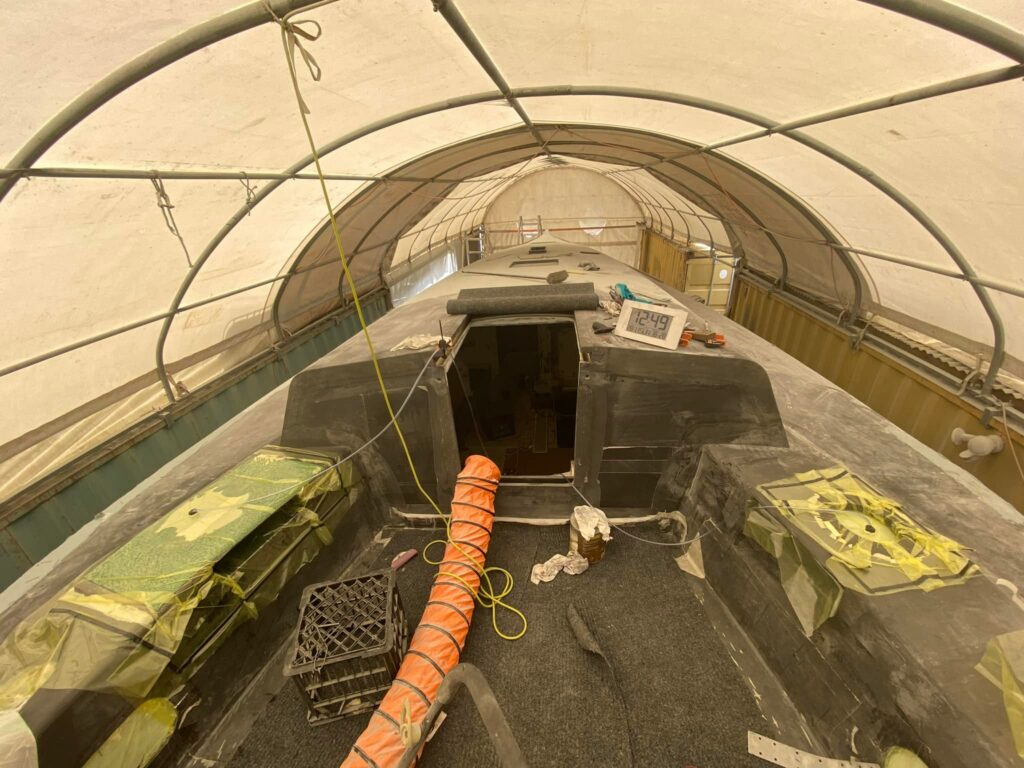
Our situation was made pretty easy, as when we bought the engine in J-Bird it had a high tide line halfway up the fly wheel, so we needed to replace it anyway. I’m not going to say it was easy to make the transition, as the research that we had to go into was extensive. However we are really happy with where it is heading.
And we are not the only ones going this way with Rob Date’s new Scarlett Runner soon to be launched with an electric drive. Very keen to see her on the water as it is a very sexy boat.
So this article is to try and explain what we have had to do to comply with racing regulations. If you are cruising, then obviously you are not required to comply, however common sense would say that the things we have had to do to ensure our safety at sea, are relevant to cruising too.
Before we go any further, do not confuse the kilowatt conversion from Horsepower with Kilowatt for electrical engines. For instance, to get kilowatt in a diesel engine you divide the hp by 1.34. As a rule, you multiply the kW of an electrical drive x 3 to get the equivalent in HP. So, we removed a 50hp diesel and installed a 15kW Bellmarine Drive which is equivalent to a 45hp diesel engine. Please note, we have not launched our boat so these are all theoretical numbers provided by electric engine experts.
First of all, the racing rules. Australian Sailing’s Special Regulations did not cater to electric engines. The OSR regulations did so after a few conversations with Australian Sailing, we are very happy to announce that an amendment to the Australian Sailing SSR has been made as of November 18 2021 in relation to Fixed Equipment relating to Engines. A huge thanks to all involved at Australian Sailing and Will Oxley, who is a huge supporter of Ocean Crusaders and was paramount to these changes taking place.
One of the biggest changes for all yachts was the removal of the need to motor at hull speed into a 12-knot headwind. Now you just have to reach 1.8 times the square root of your waterline length in meters with no headwind. Here is a chart to give you an idea of the difference this would make on our yacht:
| Wind 0kn | Wind 15 kn | Wind 30 kn | ||||
| Speed | Resistance | [kW] | Resistance | [kW] | Resistance | [kW] |
| [kn] | flatwater | flatw+wind | flatw+wind | |||
| 2.91 | 182 | 0.62 | 634 | 2.06 | 1740 | 7.6 |
| 4.07 | 355 | 1.57 | 859 | 3.72 | 2015 | 10.82 |
| 5.23 | 604 | 3.28 | 1158 | 6.25 | 2365 | 14.56 |
| 6.39 | 953 | 6.06 | 1557 | 10.17 | 2814 | 19.1 |
| 7.55 | 1433 | 10.66 | 2088 | 16.11 | 3395 | 26.71 |
| 8.72 | 2332 | 20.01 | 3037 | 27.05 | 4396 | 39.9 |
On the left you have the speed we are trying to attain. Our hull speed, required by the regulations, is 6.89 knots. So the difference for us with the removal of the wind component is huge as we can only just reach that speed into 12 knots, whereas in flat water we can reach a lot higher speeds. Hence for an electrical drive where you don’t want to go flat out and the curve is exponential, this change is massive. This chart shows it perfectly:

The next big change is the reduction in hours you need to be able to steam from eight hours to five hours. This applies to every yacht in every race now so even if you are using diesel, you can carry less fuel. However, please be careful. Remember that when you are competing, take into account the safety of your crew. Carrying more fuel to ensure safe passage needs to be considered. As skipper, you are still liable for the safety of your crew.
For us, that is a huge difference. To steam at 6.89 knots into no wind we would be using 7.5 kw per hour. So under old regulations, that is 60 kw of battery bank, plus enough to run electronics etc. To give you an indication, each KW of battery weighs about 10kg and costs $1000. Reducing this need to 37.5kw is far more feasible. Our main battery bank will be 22.5kw. We will be carrying a secondary power source which we will announce in the future to make up the rest.
Some people may opt to carry a small generator for emergencies and these would need to comply with regulations for fixed engines. If we were to do this, then our generator would now need to be able to produce a minimum of 15kw (37.5kw minus our main bank of 22.5kw) for steaming plus running electronics etc. Remember that you will lose around 35 per cent efficiency in charging batteries off a generator so basically just for the steaming component, that means we would need a 4kw generator. However, generators are not the only solution to this.
I know a lot of you have a million questions you want answered including:
- What happens when you drop your mast and have to steam into a storm
- Lithium Batteries are not environmentally friendly
- What about fire safety
- Etc etc
We’d love to hear your questions over the coming week so please put your questions in the comments below and in a weeks time we will answer them in part two, along with answering how we plan to be able to motor endlessly if we need to.
To follow our refit of J-Bird III visit www.facebook.com/JBirdIII or www.OceanCrusaders.org/Sailing
To view the amendments to the SSR visit https://www.sailingresources.org.au/safety/specialregs/
We’d like to thank EcoBoats Australia, Bluelithium Australia and Bellmarine for supporting our campaign.
By Ocean Crusaders




